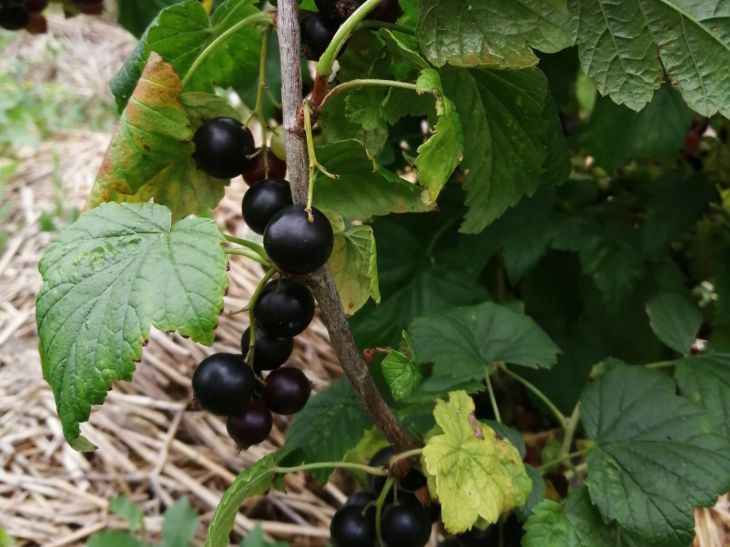Spring is just around the corner, as they say, which means it’s time to remember the skills of caring for berry bushes that were forgotten during the off-season.
This is the most important period in the life of plants. Whatever they say about autumn care, it is spring that determines what the harvest will be this year, and perhaps the future of the plant itself.
We will tell you what currants may need so urgently after a harsh or abnormally warm winter.
When to start
So, all the main spring procedures for caring for a currant bush begin after the snow melts. Usually at this time the air temperature rises to +5 degrees Celsius. It is simply impossible to delay any longer - the buds may begin to swell, and after them the leaves will appear.
1. If the currants were covered, you need to remove all the insulation, otherwise the bush will start to rot.

2. Then the remaining vegetation is removed and burned. Then the bush is inspected.
3. Having discovered swollen buds, they are cut off along with the shoots - this is the mite's wintering place.
4. At the same time, you can cut off 4-year-old shoots, which will no longer bear fruit in the new season, but will only take away nutrients. You can also carry out formative pruning.
5. Next, the soil is loosened to improve the exchange of air and moisture, after which watering is carried out.
6. Water the bush with warm water - in dry weather once every 8-10 days. During this time, one plant may need up to 4-6 buckets under the root.
7. Fertilizers are made with an emphasis on potassium and phosphorus. Currants simply do not tolerate chlorine-containing fertilizers. You can add wood ash - ⅓ of a bucket per bush.
8. Do not forget that at the same time, treatment against diseases and pests is carried out using hot watering. Some prefer to burn the branches with fire. Boiling water is used more often, but you need to have time before the snow melts.
Finally, mulch the soil in the tree trunk area.








